Pratique | Identification
Identification d’un Bécasseau d’Alaska dans le Norfolk (Grande-Bretagne) en juillet 2021
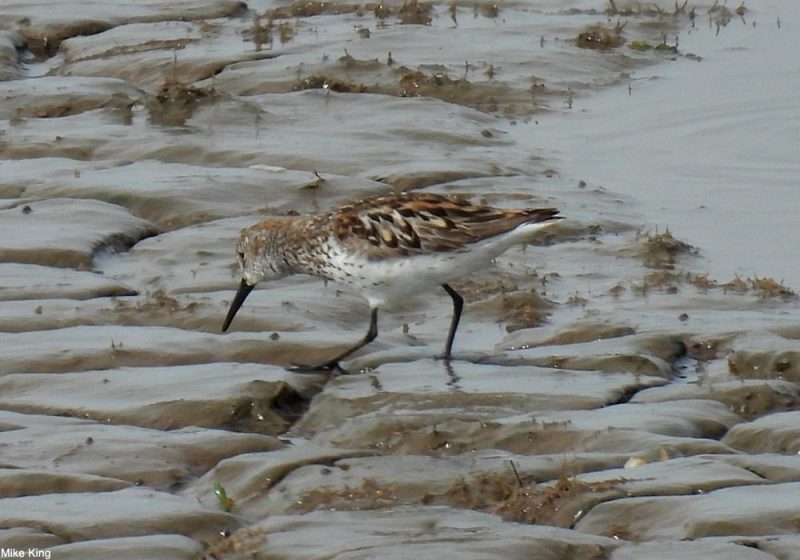
Bécasseau d’Alaska (Calidris mauri) adulte en plumage nuptial dans la réserve naturelle RSPB de Snettisham (Grande-Bretagne) le 26 juillet 2021.
Photographie : Mike King
Introduction
L’identification des petits limicoles du genre Calidris constitue un problème classique pour les observateurs, car plusieurs espèces se ressemblent étroitement, leurs plumages varient en fonction de la période de l’année et de l’âge des individus, les conditions de distance et de luminosité ne sont pas toujours idéales, et ils bougent souvent beaucoup. D’autre part, aux bécasseaux réguliers en Europe s’ajoutent de façon plus ou moins occasionnelle des espèces venues de Sibérie orientale ou d’Amérique du Nord.
Le 22 juillet 2021, alors qu’il visitait la réserve naturelle de Snettisham, gérée par la Royal Society for the Protection of Birds (RSPB) et située dans le Norfolk (Grande-Bretagne), Chris Kelly a repéré à marée basse un petit bécasseau à la taille et à la silhouette « intrigantes » parmi les milliers de Bécasseaux variables (Calidris alpina), sanderlings (C. alba) et maubèches (C. canutus) : il était toutefois à contre-jour, en partie caché par la végétation, et la marée montante a finalement dispersé tous les oiseaux. Il est revenu sur place le lendemain matin et a pu relocaliser l’oiseau. Les conditions d’observation étaient assez bonnes, et il a pu l’identifier : il s’agissait d’un Bécasseau d’Alaska (Calidris mauri) adulte en plumage nuptial, une espèce nord-américaine et sibérienne occasionnelle en Europe de l’Ouest.
Après une présentation de ce limicole, nous présentons les critères ayant permis de le distinguer des espèces avec lesquelles une confusion est aisée. Nous remercions Robs Birding (voir sa page Twitter), Jacquie Bridges (voir sa page Twitter), Mike King (voir sa page Twitter), Michel Leroux et Keith Tinworth (voir sa page Twitter), ainsi que les autres photographes dont les noms figurent sous leurs clichés, pour nous avoir aidés à illustrer cet article.
Abstract
The identification of small sandpipers of the Calidris genus is a classic problem for birders, as several species closely resemble each other, their plumages vary depending on the time of year and the age, the distance and the light do are not always ideal and they often move quickly and a lot. On the other hand, vagrant species from eastern Siberia or North America can be sometimes found in Europe.
On the 22th of July 2021, while visiting the Snettisham Nature Reserve managed by the Royal Society for the Protection of Birds (RSPB) located in Norfolk (Great Britain), Chris Kelly spotted a small sandpiper at low tide with an intriguing size and silhouette among thousands of Dunlins (Calidris alpina), Sanderlings (C. alba) and Red Knots (C. canutus): it was however against the light, partly hidden by vegetation, and the rising tide eventually dispersed all the birds.
He returned the next morning and was able to relocate the bird. The viewing conditions were quite good, and he was finally able to identify it: it was aWestern Sandpiper (C. mauri) adult in breeding plumage, aNorth American and Siberian vagrant in Europe.
After a presentation of this shorebird, we present the criteria that made it possible to identify this bird in the Snettisham reserve and to distinguish it from Calidris species with which the confusion is easy.
We would like to thank Robs Birding (see his Twitter page), Jacquie Bridges (see his Twitter page), Mike King (see his Twitter page), Michel Leroux and Keith Tinworth (see his Twitter page), as well as the other photographers whose names appear under their photos, for helping us illustrate this article.
Poursuivez la lecture de cet article, en vous abonnant dès maintenant !
Découvrez les Archives d’Ornithomedia.com
Pour seulement 10,00 €TTC/an (ou 6,00 € les 6 mois)
Profitez de plusieurs centaines d’articles en accès illimité et sans aucun engagement.
Compléments
Ouvrages recommandés
- Le guide Ornitho de Killian Mullarney
- Guide des limicoles d’Europe, d’Asie et d’Amérique du Nord (Broché) de Stephen Message, Don Taylor
Sources
- Chris Kelly (2021). Rarity finders: Western Sandpiper in Norfolk. Birdguides. Date : 05/08. www.birdguides.com/articles/rarity-finders-western-sandpiper-in-norfolk/
- Richard R. Veit et Lars Jonsson (1984). Field identification of smaller sandpipers within the genus Calidris. American Birds. Septembre-Octobre. sora.unm.edu/sites/default/files/journals/nab/v038n05/p00853-p00876.pdf
- All About Birds. Western Sandpiper. www.allaboutbirds.org/guide/Western_Sandpiper/overview
- NatureWorks. Western Sandpiper Calidris mauri. nhpbs.org/natureworks/westernsandpiper.htm




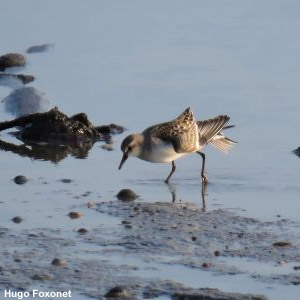
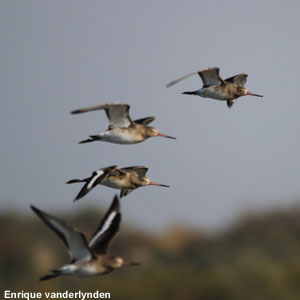
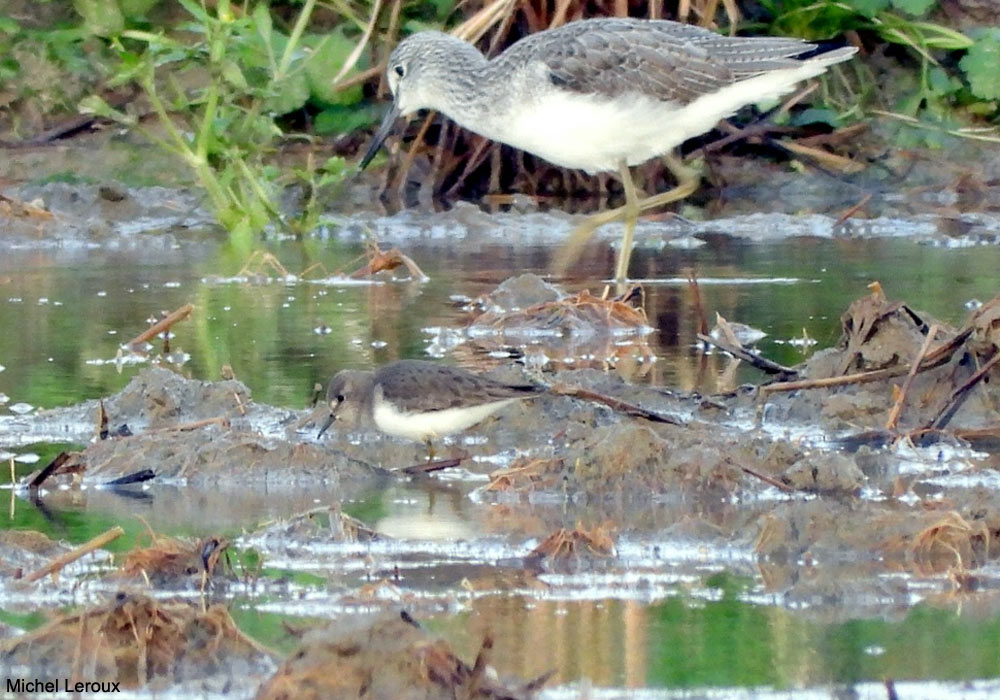
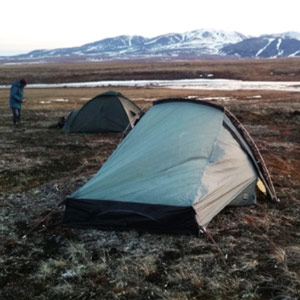
Aucun commentaire sur ce sujet
Participer à la discussion !